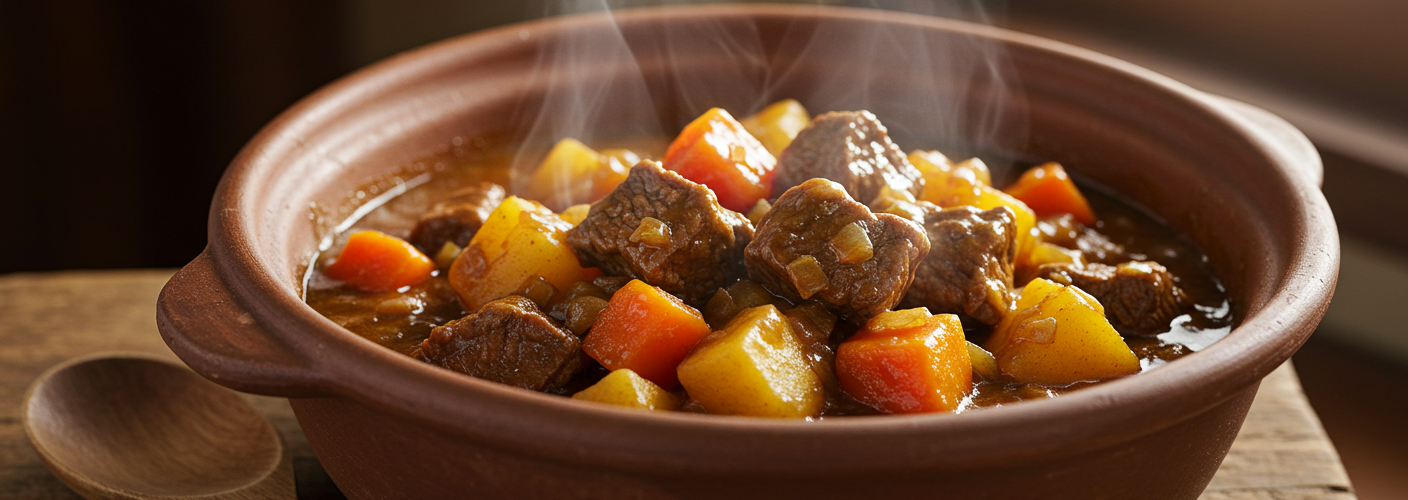When it comes to comfort food, few dishes can compete with a well-prepared stew. Among the multitude of stews across various cultures, one dish that stands out for its rich flavors and heartwarming nature is Hachee. This delightful concoction, traditionally made with diced meat, fish, or poultry alongside an array of vegetables, offers a taste of home-cooked comfort that can warm the soul.
Originating from the Netherlands, Hachee has roots that date back to medieval times when stews were essential for sustaining long winters. As with many traditional dishes, Hachee has evolved over the years, but its core concept remains the same: hearty, wholesome ingredients simmered together to create a savory dish that nourishes both body and spirit.
The Versatility of Hachee
One of the most appealing aspects of Hachee is its versatility. While the classic version may call for beef or pork, you can easily adapt the recipe to suit your tastes or dietary preferences. Consider using chicken for a lighter version, or, for those who enjoy seafood, diced fish can make a delightful alternative. The key to a successful Hachee lies in the careful selection of ingredients and the love you pour into preparing it.
Essential Ingredients
A traditional Hachee typically includes:
- Diced Meat/Fish/Poultry: Choose your preferred protein. Beef chuck or pork shoulder works well for a rich flavor, while chicken breast or thighs will lend a milder taste.
- Vegetables: Root vegetables such as onions, carrots, and potatoes are staples in Hachee, but don’t hesitate to add your favorite seasonal vegetables.
- Herbs and Spices: A combination of bay leaves, thyme, and black pepper can enhance the flavor. Feel free to experiment with herbs that you enjoy.
- Liquid: Whether it’s beef broth, chicken stock, or even wine, the liquid is crucial for creating a depth of flavor.
The Cooking Process
To make Hachee, start by browning your protein of choice in a heavy-based pot, allowing it to develop a nice, caramelized color. Once browned, remove the meat and sauté your chosen vegetables until they begin to soften. This step is crucial, as it builds the foundation of flavor for the stew.
Next, return the meat to the pot, add your herbs and spices, and pour in your liquid of choice. Bring the mixture to a simmer, cover, and let it cook slowly. This slow-cooking process is what transforms the ingredients into a harmonious dish, allowing the flavors to meld and intensify beautifully. Depending on the protein you’ve chosen, the cooking time can vary, but a good rule of thumb is to allow at least an hour for the meat to become tender.
Serving Suggestions
Hachee is best served warm, often accompanied by crusty bread or over a bed of fluffy rice or mashed potatoes. The thick gravy created during the cooking process is perfect for soaking up with bread, making each bite a comforting experience.
Conclusion
Whether you’re looking to warm up on a chilly evening or simply seeking a hearty meal to bring people together, Hachee stands out as a nourishing and satisfying stew. With its adaptability, rich flavors, and comforting nature, Hachee deserves a cherished place in your culinary repertoire. Give it a try, and who knows? You might just find it becoming a beloved staple in your home.




Add comment